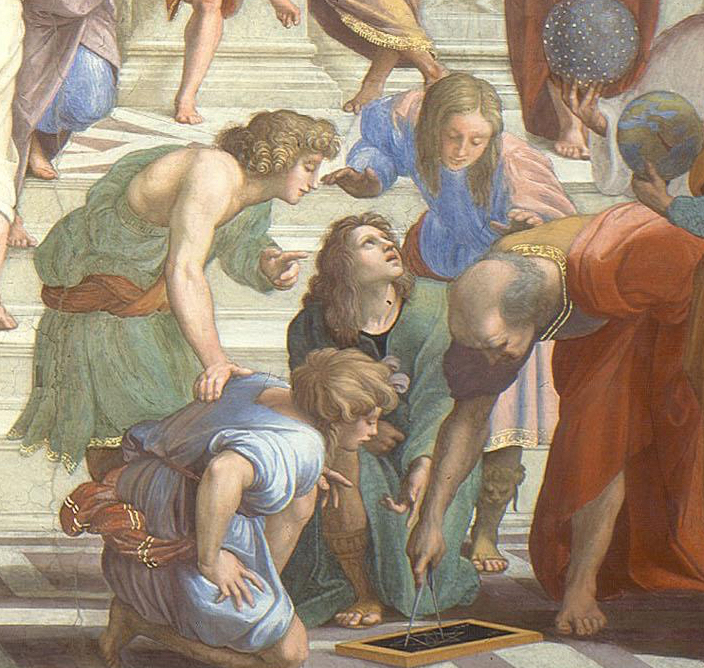The story of the Paderborn city hall is one of repeated destruction and renewal. A town hall evidently existed in the thirteenth century, but the structure has vanished without a trace. In 1611, its replacement had fallen into disrepair, and the city council decreed that an entirely new building would take its place.
Herbert Baumhauser designed the new structure, which was begun in 1613 and completed seven years later. Baumhauser incorporated a small section of the older building into the new structure, therevy giving the city hall a sense of historical continuity.
In 1725, an extensive plan of renovation added a great hall on the second floor, and served as a locus for festivals, balls, and other large scale public events. But by the 1870s, the interior had deteriorated, and the renovations radically changed the interior arrangement of rooms. The costs of the project rose dramatically, bringing architect in charge of the project, Rudolf Volmer, into many conflicts with the city authorities. He took his revenge by placing derogatory inscriptionss in hidden places throughout the building (most of these have been removed, but some remain).
The Paderborn city hall suffered doubly in the Second World War. Allied bombing devastated the entire town, and a pitched battle between German and Allied armored troops wrought even greater damage. The entire interior was destroyed, and the front gables were barely standing.
The Paderborn City Hall in 1945
Reconstruction started in 1946 and finished in 1954. The renewal of the interior was funded by the proceeds of a lottery.
more to come...


